Tabby cats are among the most popular felines. They’re known for their distinctive patterns capped by M-shaped stripes on their foreheads. The Tabby is not a breed of cat but a set of distinguishing characteristics that can appear in many breeds and colors. All Tabbies have the same forehead markings. They also have what are called agouti hairs—these hairs have alternating light and dark segments, which are the second defining characteristic of a tabby.
If you’ve ever pulled a shed Tabby hair from your shirt, you’ll likely have noticed that each individual hair has several colors on it, which are the agouti hairs.
There are quite a few possible patterns and colors and many anecdotal interpretations and definitions of them, so it can easily become confusing to make sense of it all, so here are just some of the more common colors and patterns described in literature and recognized by the Cat Fanciers’ Association.

The 10 Common Tabby Cat Colors & Patterns
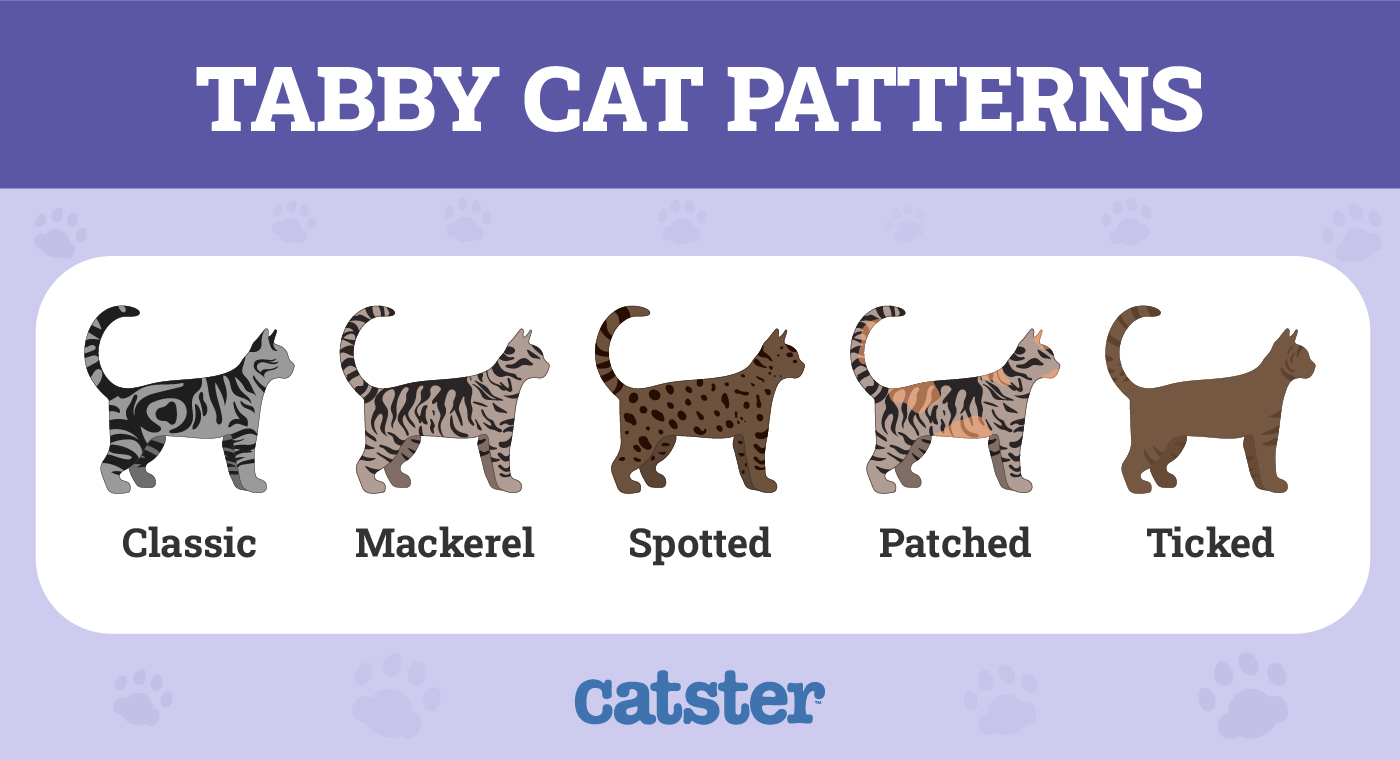
1. Classic Tabby
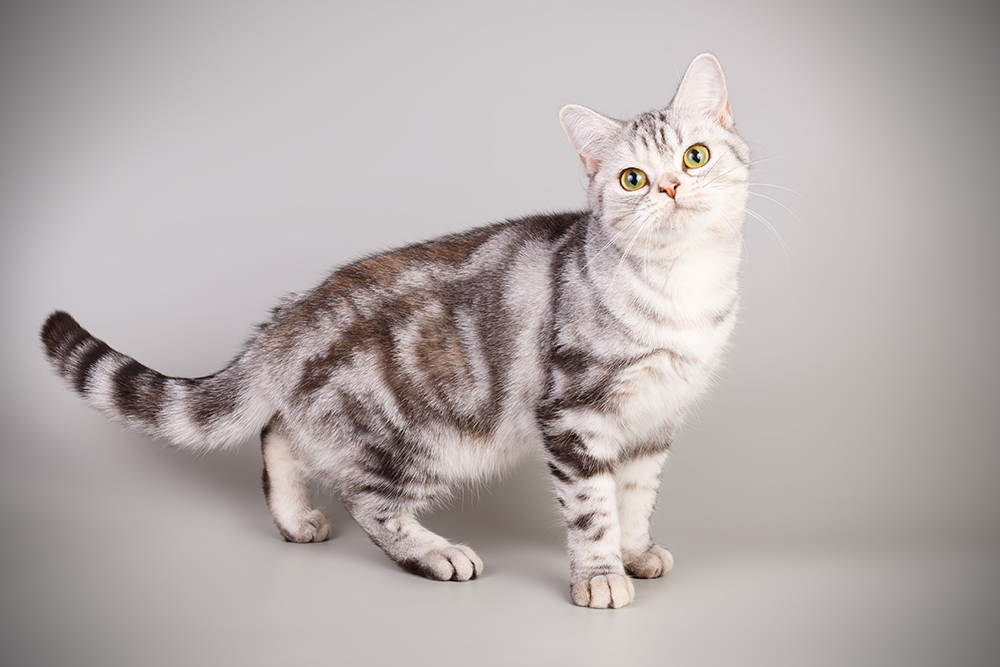
The Classic Tabby has a pattern on the shoulder resembling a butterfly, leading into darker lines towards the back, with swirling patterns and a circle on the side, forming a distinctive marbled look. This pattern is more random compared to others, making each Classic Tabby’s coat unique, almost like a fingerprint.
2. Mackerel Tabby
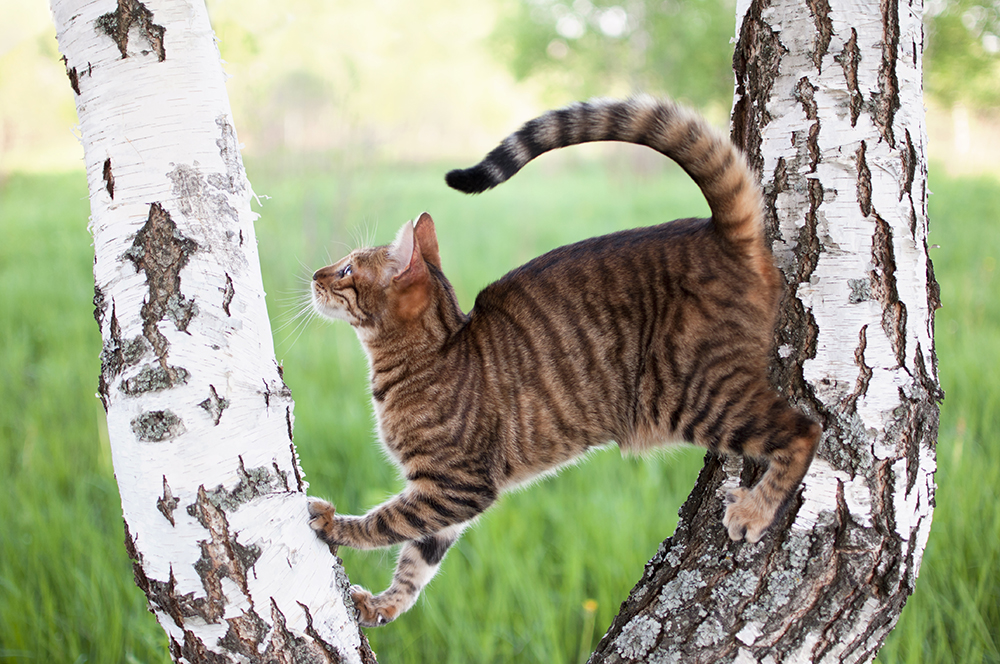
Frequently nicknamed the tiger Tabby, Mackerel Tabbies have a linear pattern with one solid dark stripe running along their spine, with thinner stripes branching off down the sides of the body. This pattern resembles the skeleton of a fish, hence the name. The stripes are generally uniform, giving these tabbies their sleek and athletic look. Mackerel Tabbies may also have spots on their belly, adding a playful touch to their otherwise streamlined pattern.
3. Spotted Tabby
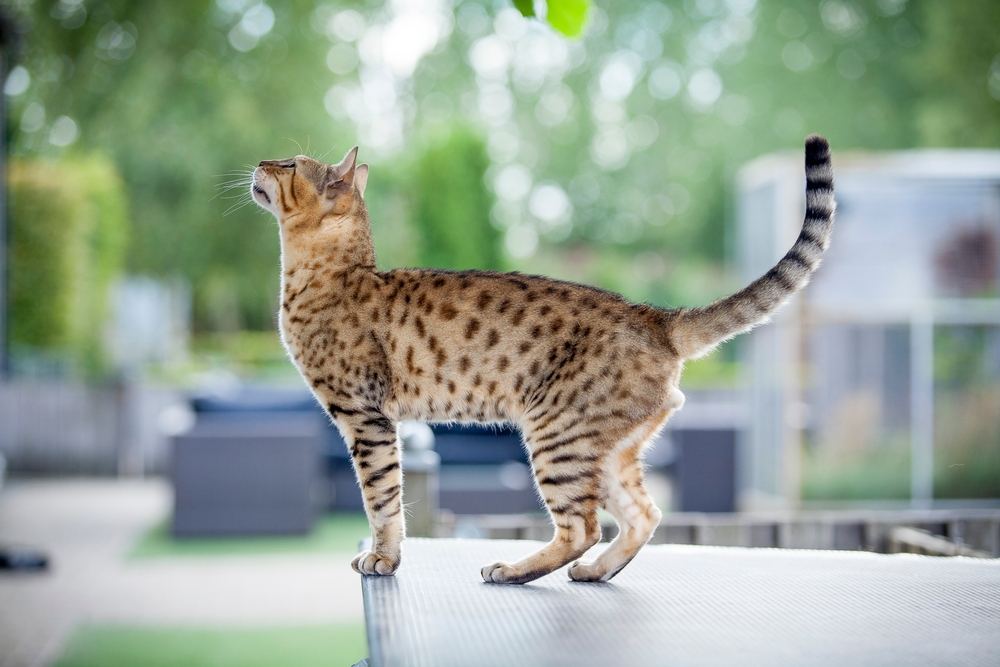
A Spotted Tabby is a fun variation of the Classic Tabby with spots scattered across their coat instead of stripes and swirls. The spots can range from round to oval shapes that can appear as broken stripes or more defined markings like that of a cheetah. This exotic pattern is similar to the appearance of breeds like Ocicats.
4. Ticked Tabby
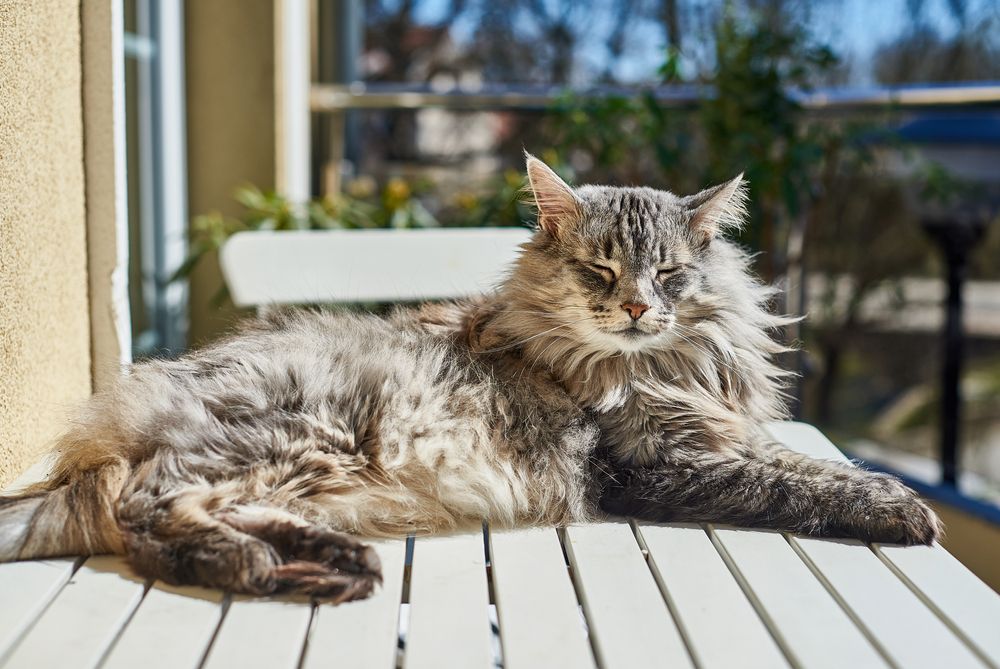
Often called Abyssinian or Agouti Tabbies, these cats look the least like stereotypical Tabbies. They have subtly sophisticated solid-looking coats, although up close the hairs on the Ticked Tabby actually have two or more bands of alternating light and dark shades of color. These Tabbies have the standard forehead markings and may have stripes on their faces, but lack the bold stripes or spots seen in other tabby coats.
5. Patched Tabby
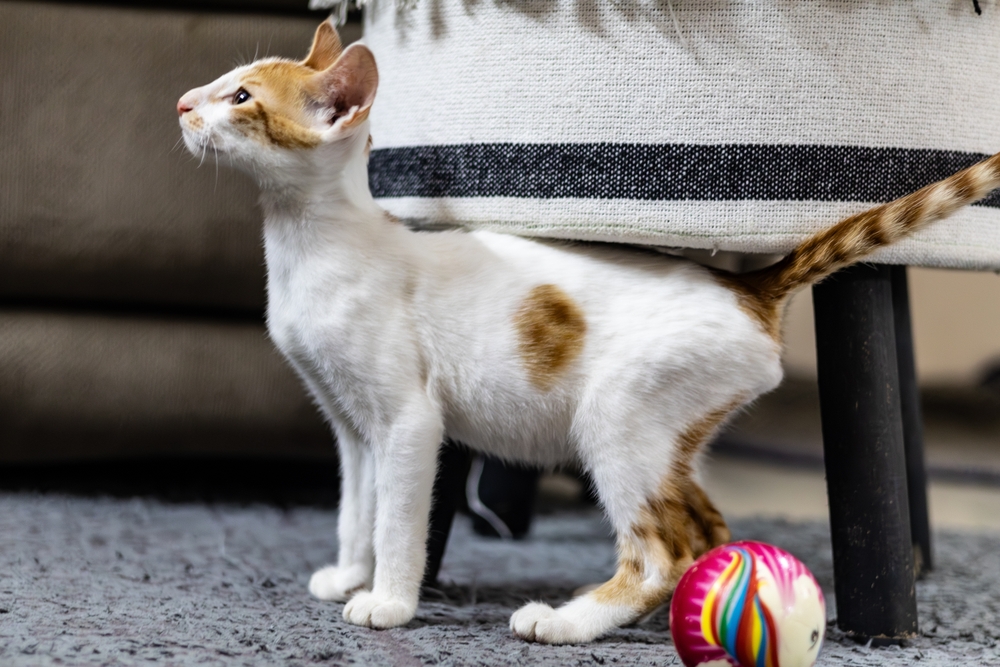
All of the tabby patterns may combine with red or cream colors and create a patched tabby pattern. These cats can have random patches or splotches of red or cream, alongside the tabby pattern.
6. Tortoiseshell
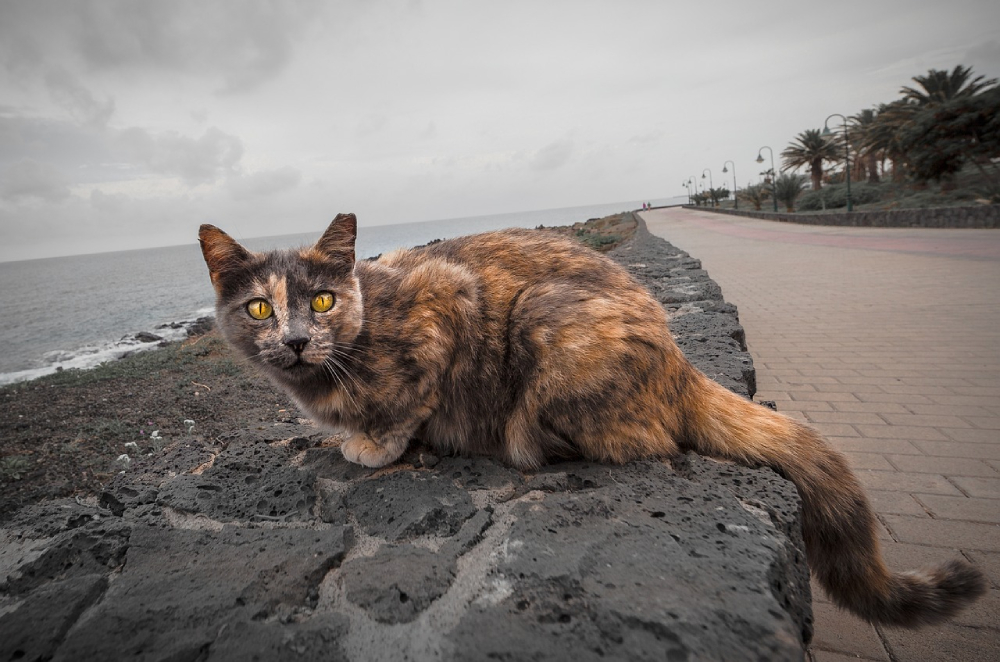
Tortoiseshell Tabbies, or “Torbies,” uniquely combine the splotchy mix of black, brown and red patches of a Tortoiseshell cat with Tabby stripes usually most visible on the face, legs and tail. However, the tabby markings can sometimes be obscured by the patchy mix of colors from the Tortoiseshell pattern.
7. Brown Tabby
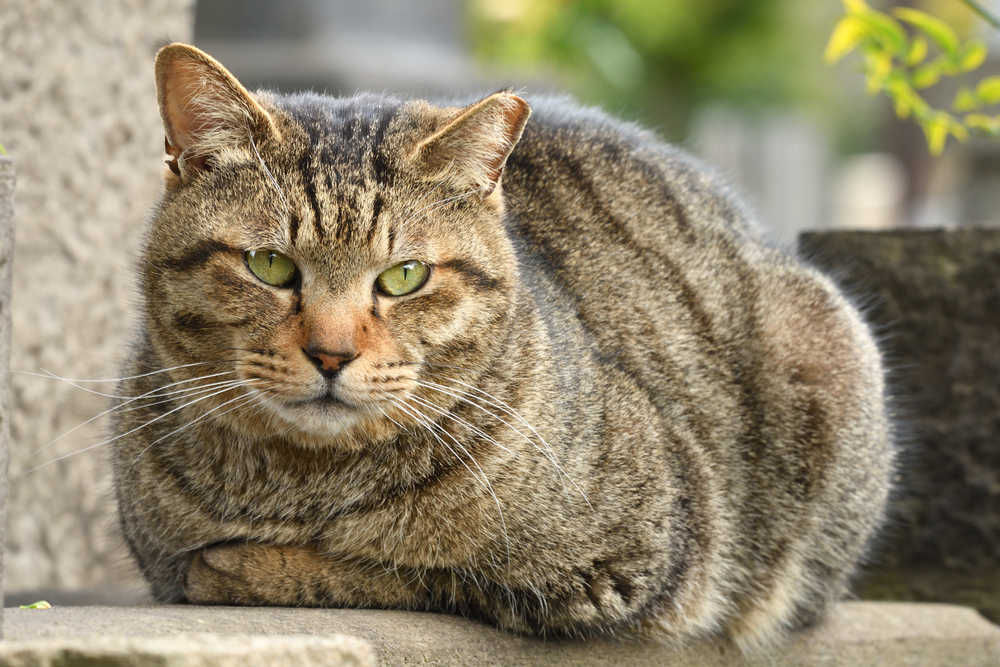
Brown Tabbies are what most people think of when they envision a Tabby. These cats have warm tones with dark stripes over a tawny, beige, caramel or cream base. The combination of their rich markings typically produces a classic earthy look. They may have solid, dark brown fur on their ears and paws.
8. Red or Orange Tabby
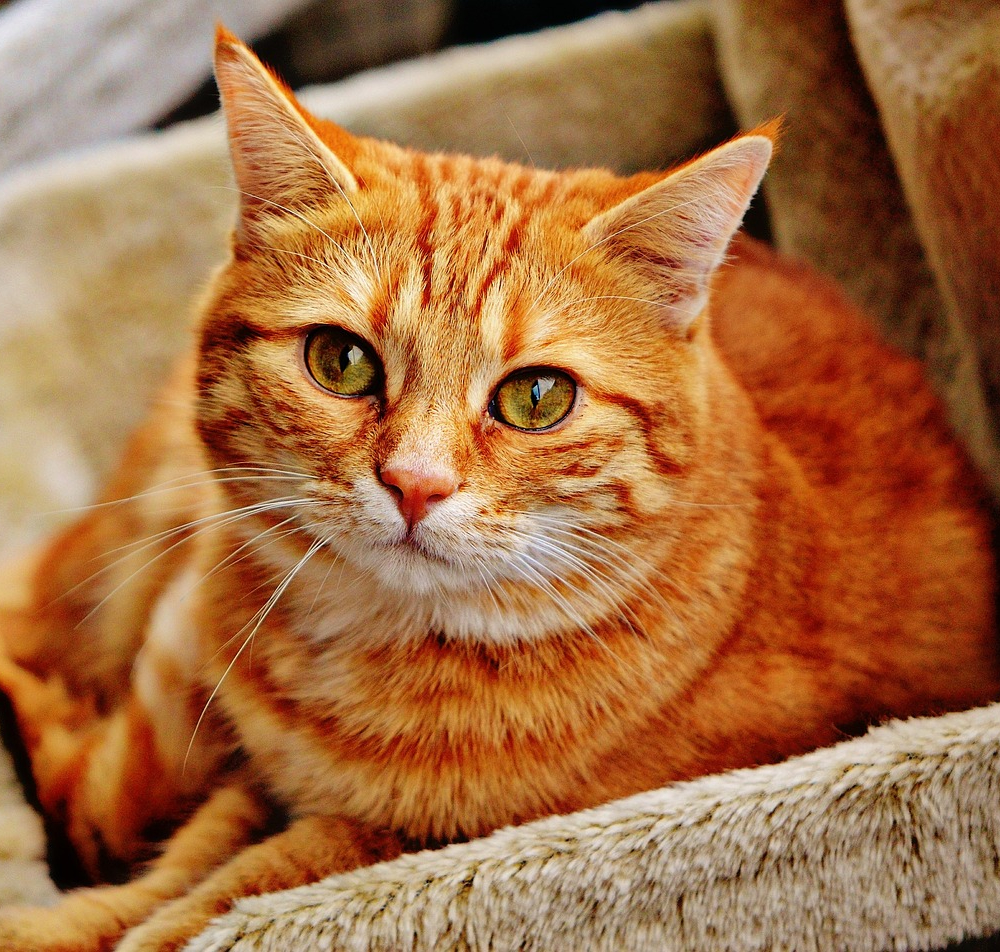
Red or orange Tabby coats can range from pastel ginger to a more fiery and vibrant auburn with darker stripes that add depth. All orange cats are technically Tabbies because the gene responsible for this coloration is innately linked to the Tabby pattern. Garfield is a well-known and classic example of the red or orange tabby and represents the bold nature that is often associated with red or orange Tabbies, in a fun and playful way.
- Might Also Interest You: Fascinating Facts About Red Tabby Cats
9. Silver Tabby
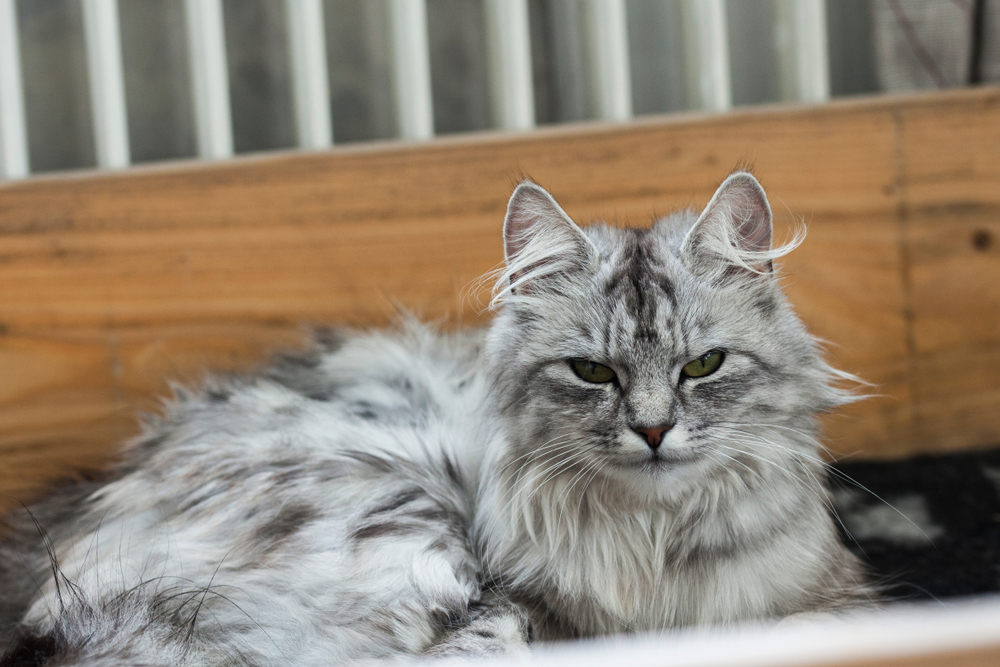
Silver Tabbies, sometimes called white tabby cats, bring a cool, sleek vibe to the Tabby world. Their coats include a mix of different shades of gray, giving them an almost metallic look. This pattern can vary quite a bit, ranging from a contrasting combination of dark gray or black stripes and swirls over a light base to markings in a more subtle gray gradient.
10. Calico Tabby
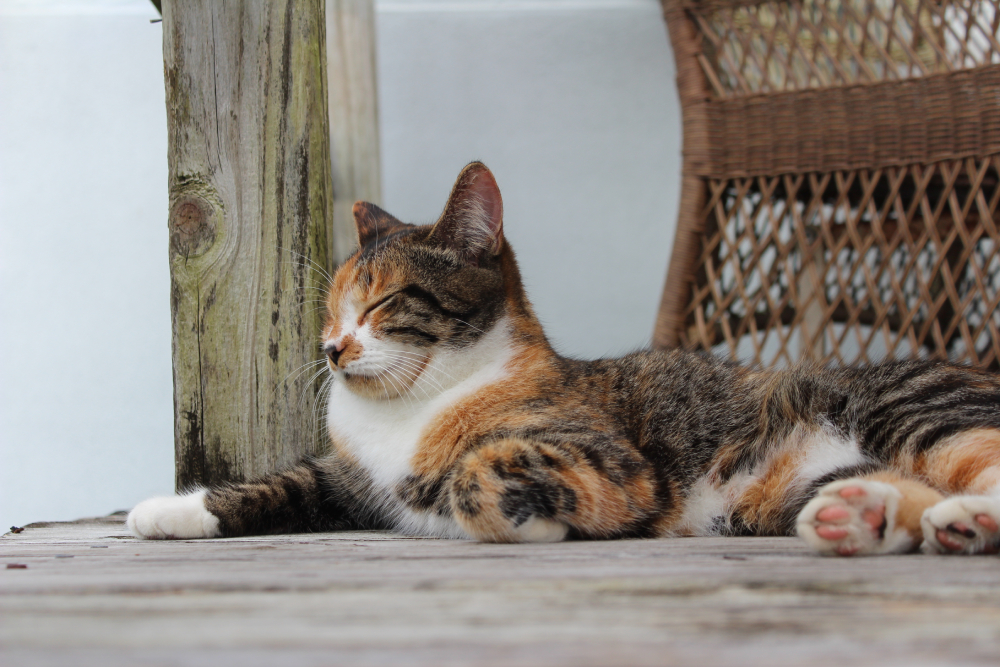
The term Calico, much like Tabby, refers to a pattern of colors rather than a breed. These tabbies blend the three colors of the Calico, white, orange, and black, with the distinctive Tabby markings, i.e. the signature “M” on the forehead. They typically have Tabby stripes visible in between the Calico patches, giving their coats an artistic mix of bold patterns and colors.

Conclusion
Tabby cats are some of the most common cats in the world. Many cat breeds have Tabby coloring, as well as Domestic Shorthairs, the most common of non-pedigreed housecats.
Related reads:
- How Do Tabby Cats Get Their Stripes? What Science Tells Us
- Siamese Cat Names: Ideas for Color Pointed & Sassy Cats
- Tabby Cat vs Dragon Li: What’s the Difference?
Featured Image Credit: Krysten Merriman, Pexels
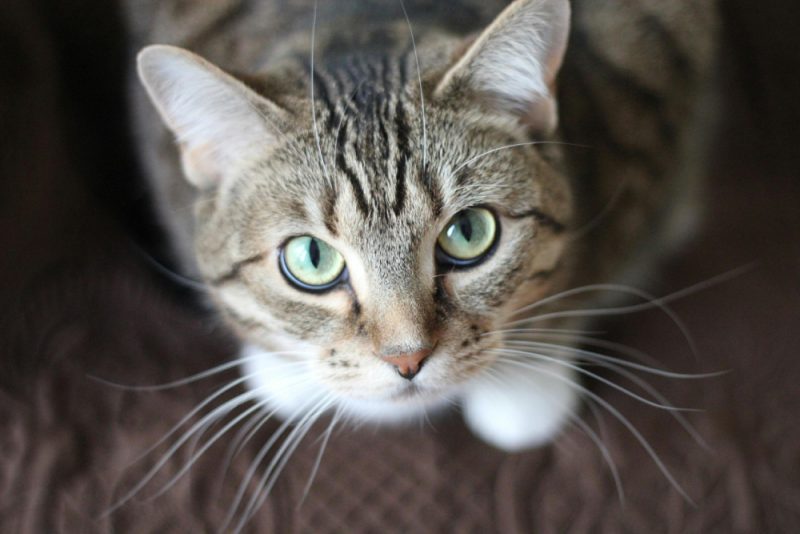


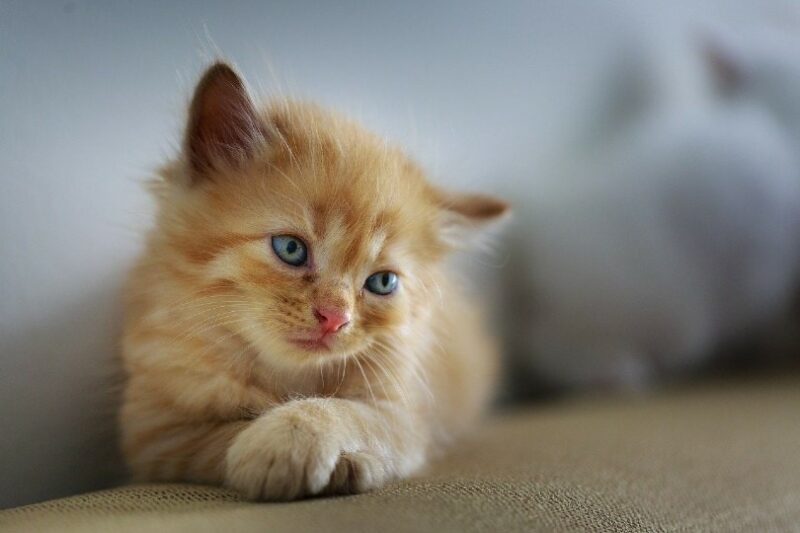
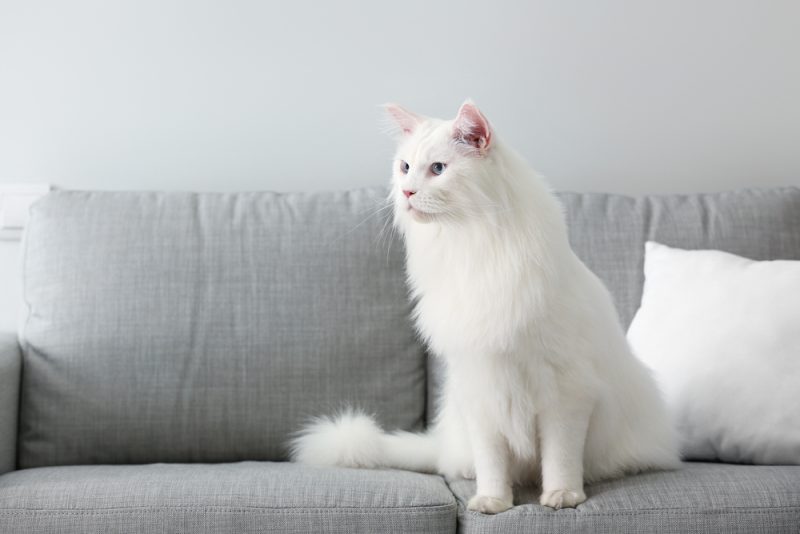
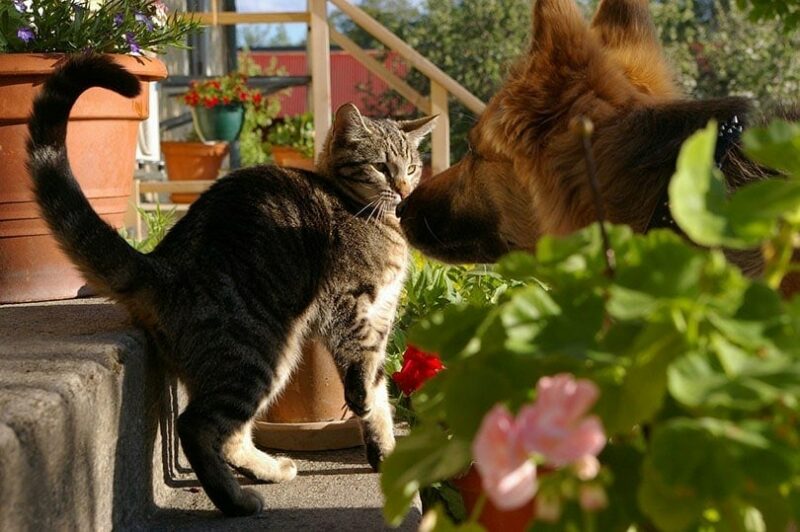
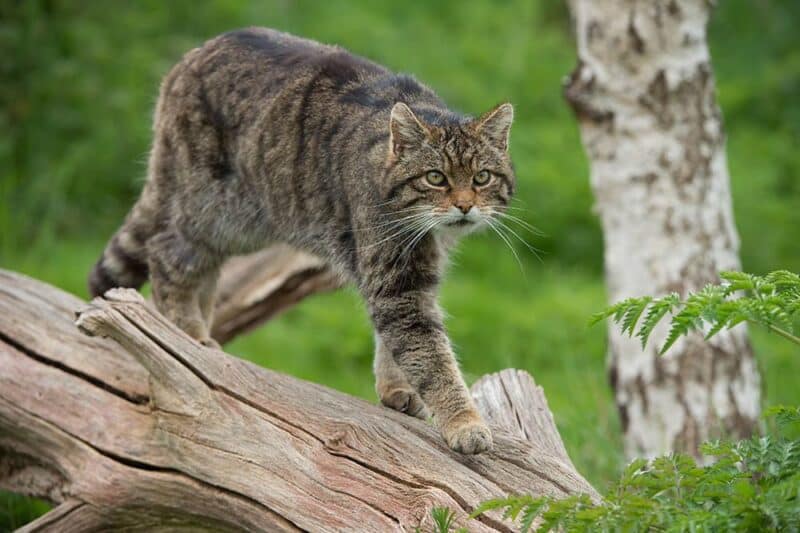
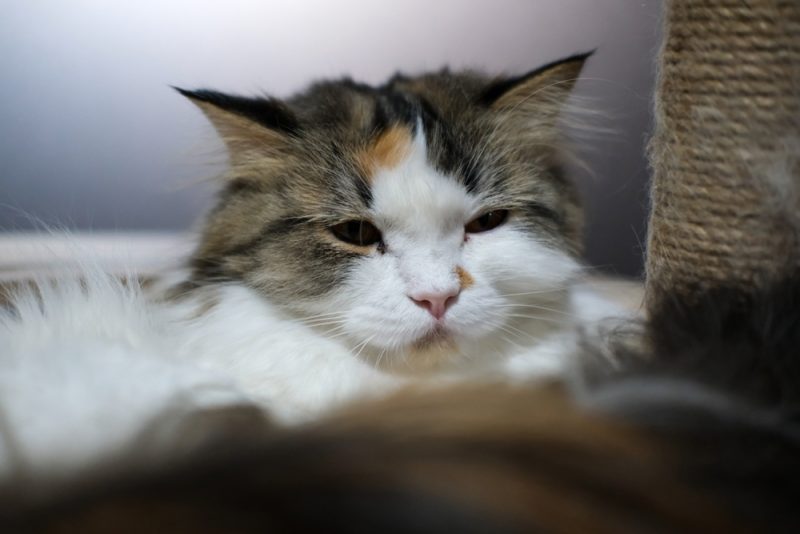
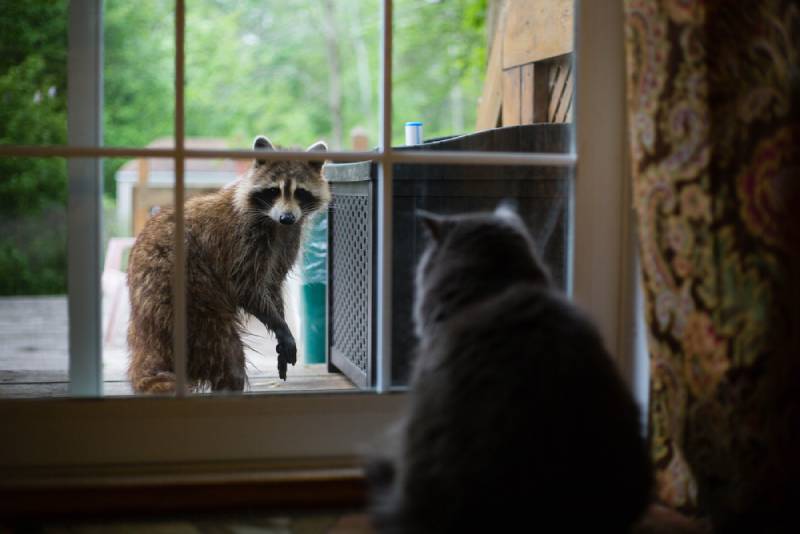

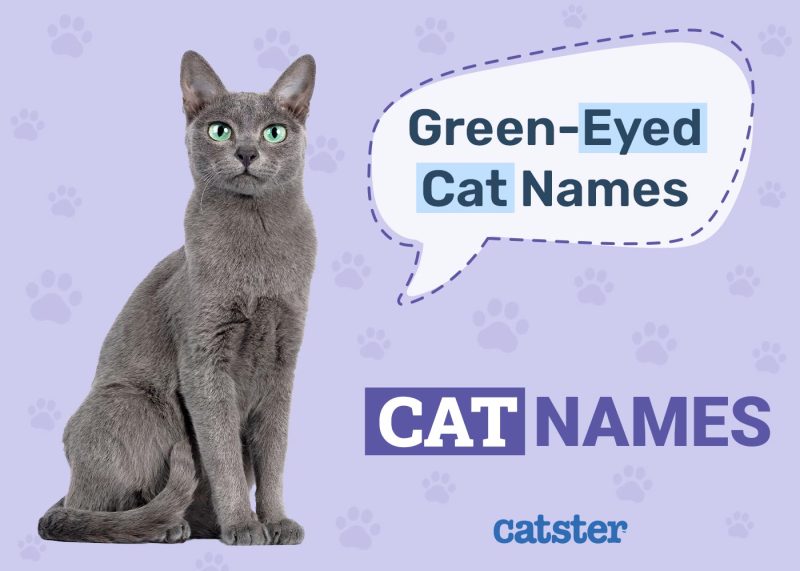
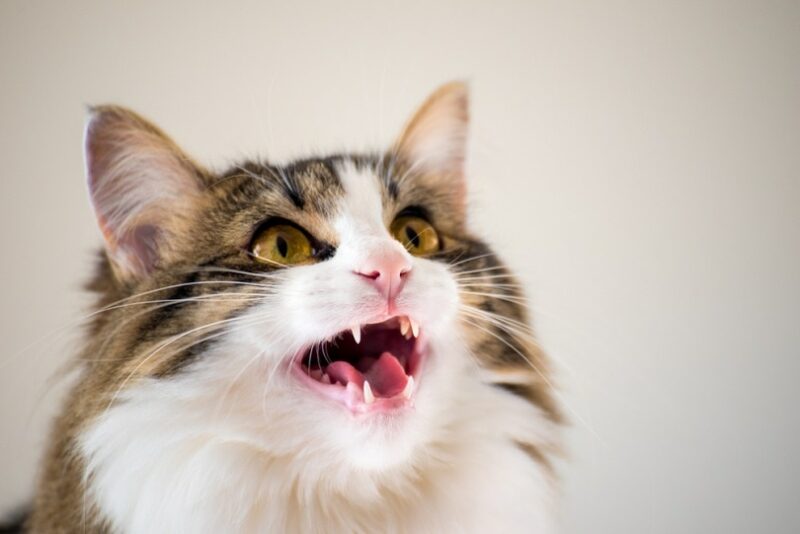

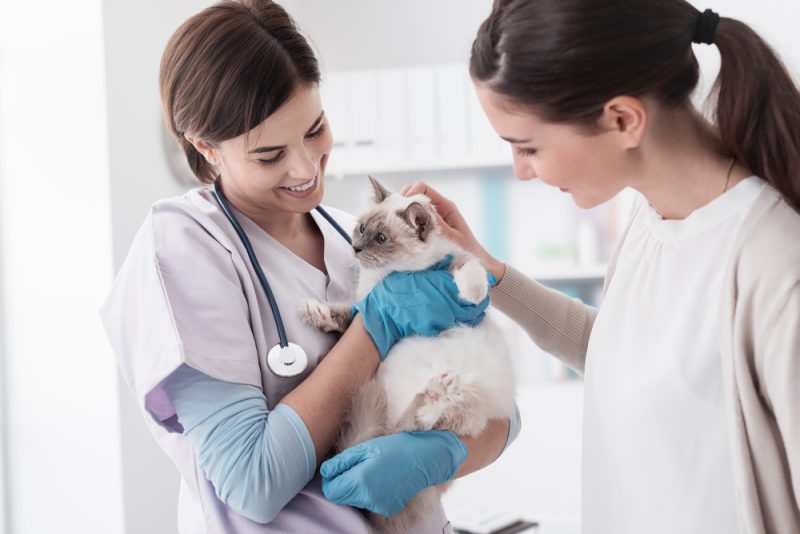
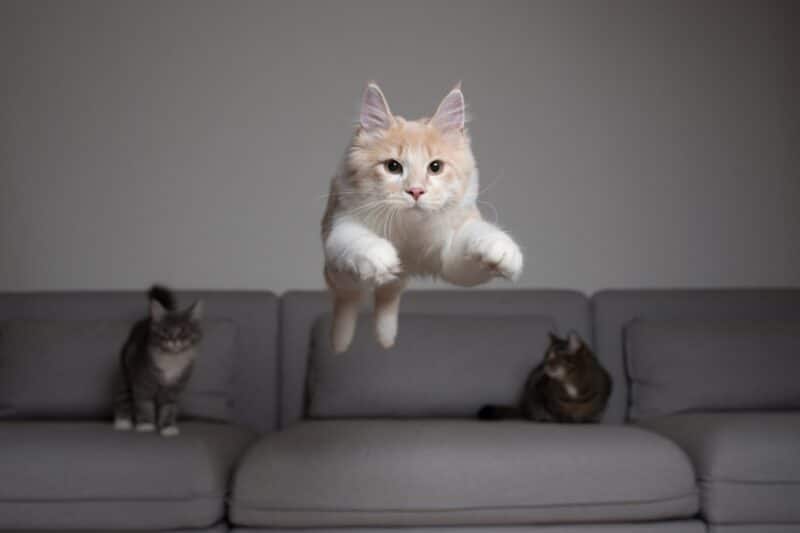
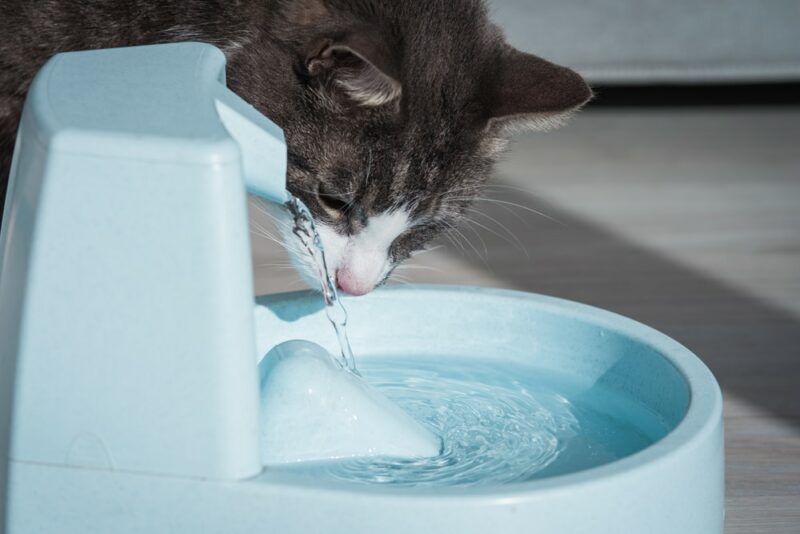
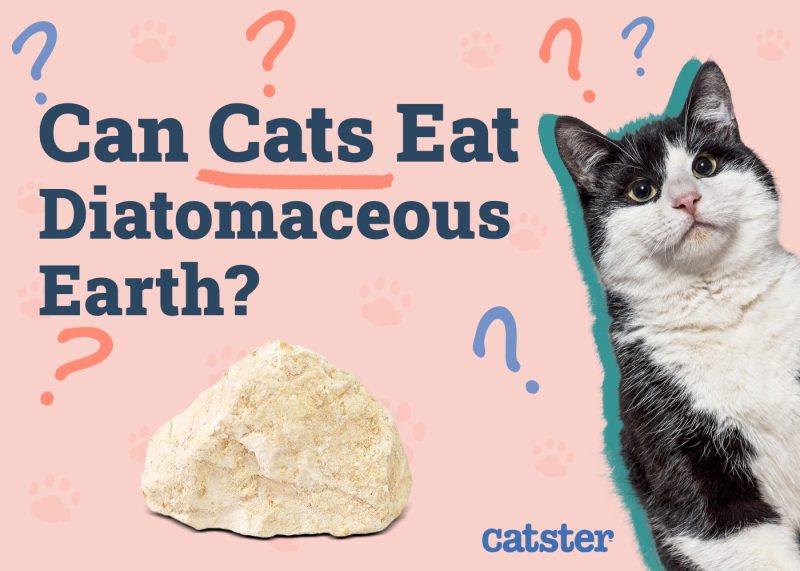
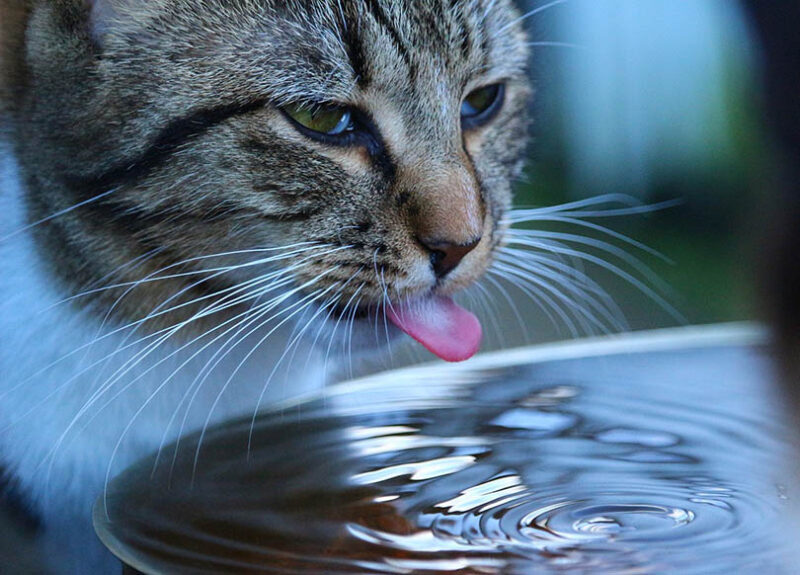


6 Responses
thanks very useful to the owners because she was abandoned 3 weeks ago I think she's a mackerel tabby thanks
Hi Gage, thanks for your comment. We are delegated you found the post useful.
My cat has a wide herringbone pattern down his back and tail. I have had thousands of cats in my 78 yrs but never seen this before. He has the coon markings under his chin face . His markings on his face are not black mask like a coon but the outline of the mask . He has the spider on his head markings. he is dark and light gray . He is getting an orangish tummy now. I think they change in the fall to orange. His hair is smooth on his body and not fluffy and soft like his tail. I would like to know what breed he is with the herringbone on his back and tail as I have never seen that before on a cat. I hope you have an answer for I have searched a lot to find out.
I would like to add that he has 3 freckle like spots on each cheek by the mouth on each side just behind the mask markings . He has very dark black markings on his legs and tail like stripes. His face has yellow and black mixed. I am just puzzled at the herringbone markings on his back and tail and would love to know where that comes from in breed.
I want to add also his fur or hairs have about an 1/4 inch or less a different color on the ends than the rest of the hair. It is this way on most of his back and body. Brown ends on gray or black. He is 1 yr old now and weighs 14 lbs already .Bigger than most adult cats. Big feet and legs. His strength is amazing. I cannot hold him if he decides to get down. He is stronger than any cat I have ever had also. If he wants to get out of my lap or arms I have to let him go because he is so very strong. He is very stealth also. He moves silently so you never know where he is. I hope you have some answers.
Dear Venita,
thank you very much for your message. Your cat sounds very interesting and we would be happy to help you with the identification. However, without seeing the photos it is impossible to be certain. If you want, you can send some photos of your cat on my email: radim@pangolia.com and I will pass them to our veterinarians to get their opinion.
Looking forward to hearing from you!
What type of Tabby has bullseye markings? I once had a yellow tabby that looked like he had perfect wheels on his sides.
Hi Althea, thanks for reading us, what you are describing sounds like a variation of classic tabby. Hard to imagine, but what a beautiful cat it must have been, some cats are so unique, but they are all special!